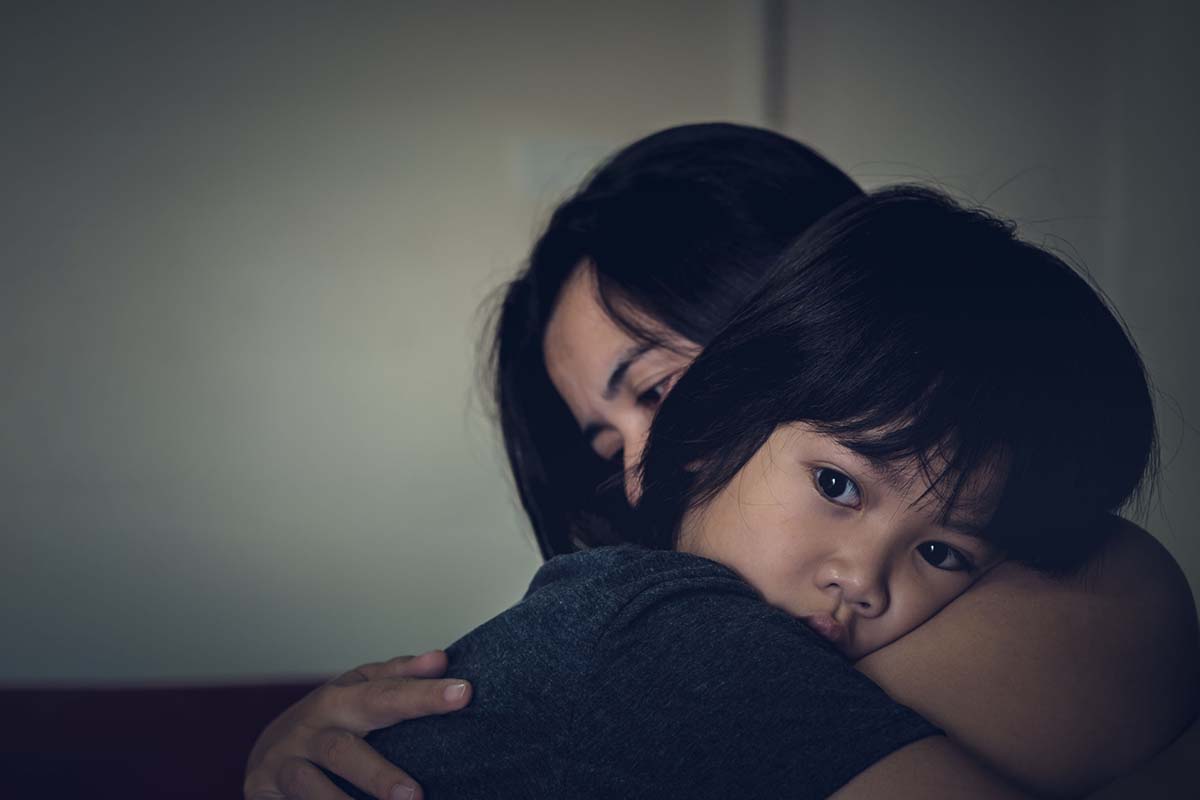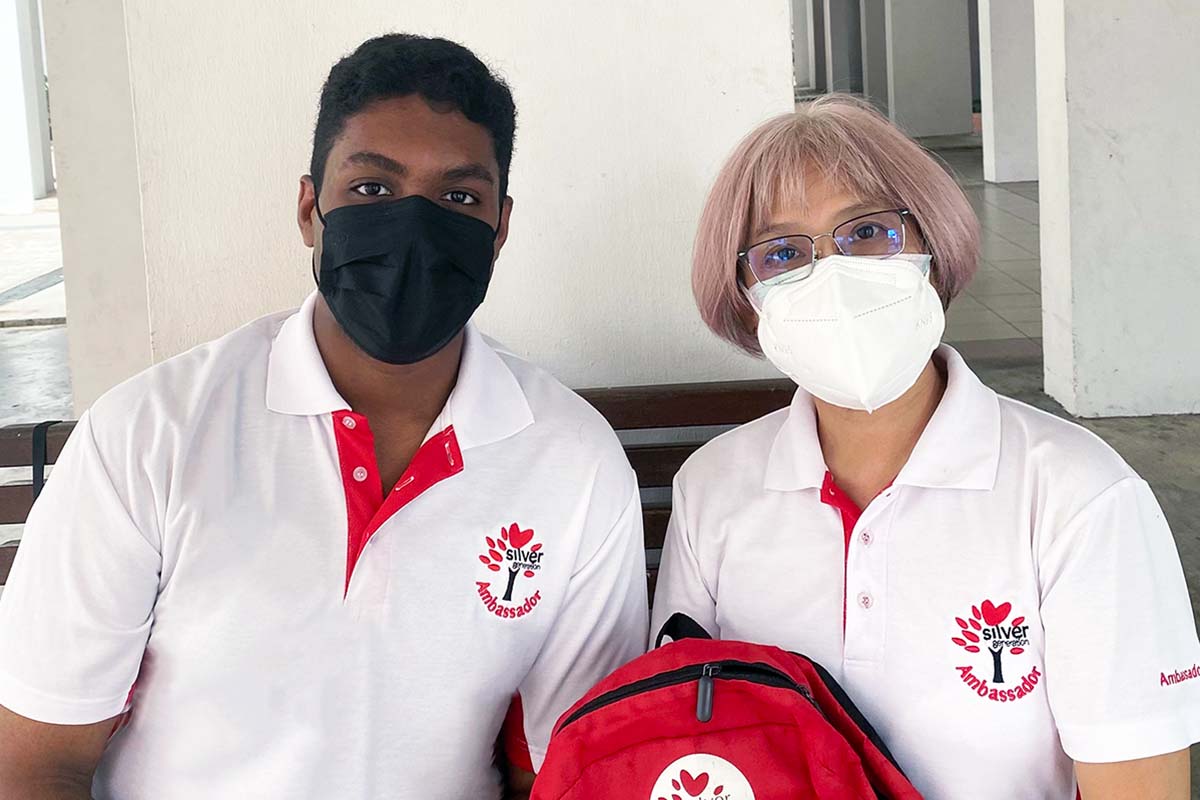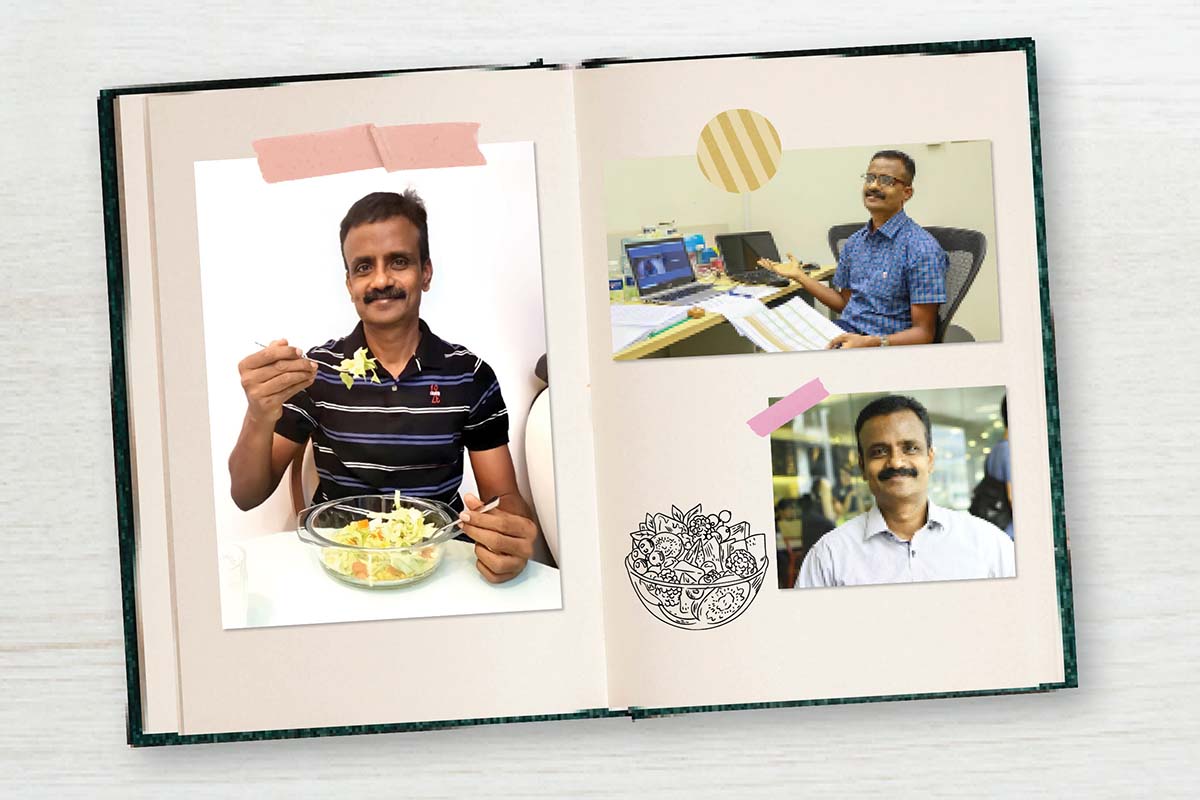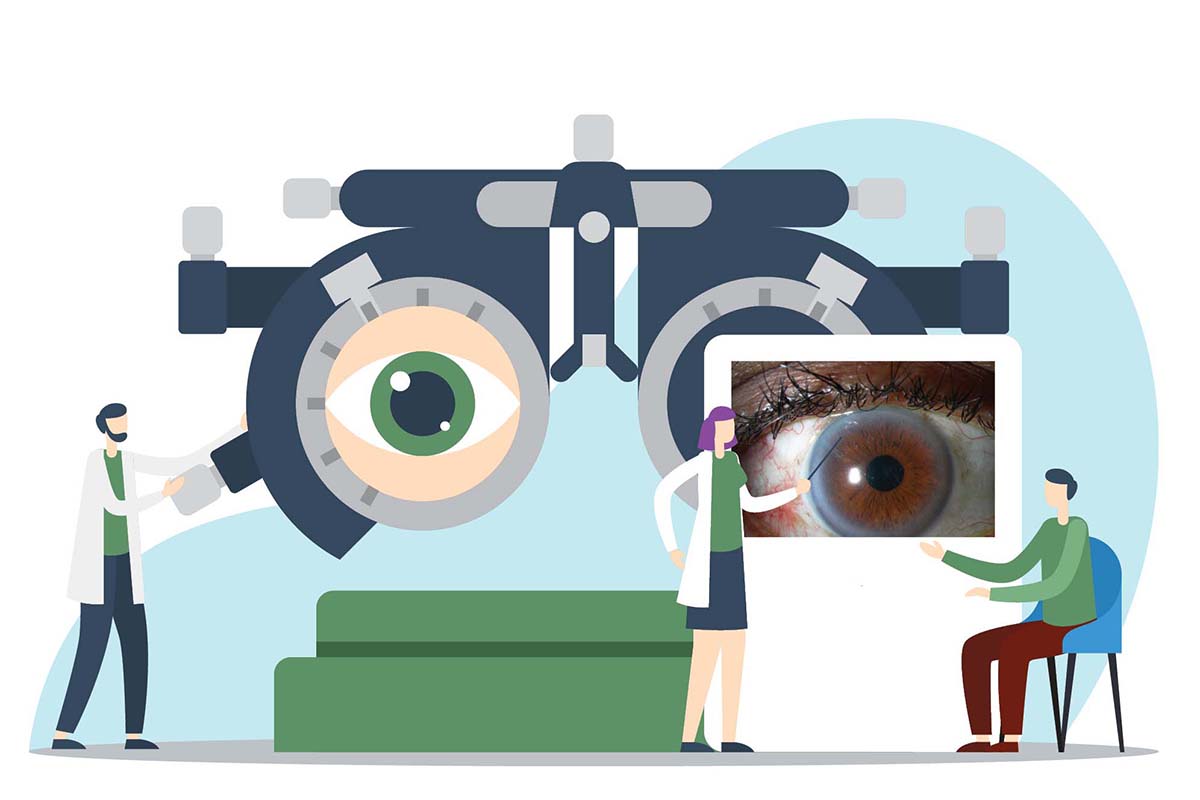
Issue 41 / February 2022
IN VIVO
Loving, Living and Letting Go

As a fourth-year medical student, I recently completed my paediatrics posting as part of my clinical rotations.
t the hospital I was posted to, I met many patients who inspired and taught me with their stories.
Here, I share the story of Benny*, a teenager with autism spectrum disorder on long-term follow-up for a childhood condition, and his mother, Mrs Lim*.
The encounter was an illuminating one, where I witnessed the depth of a parent’s love, along with the joys and burdens of being your child’s keeper.
It was a rainy afternoon, when we sat in one of the paediatrics clinics.
The doctor enquired about whether Benny had taken his COVID-19 vaccination and Mrs Lim was showing her a video on her mobile phone, demonstrating how she readied him for the exercise.
“He was already familiar with the procedure,” Mrs Lim beamed, gesturing. “We rehearsed the entire scene at home.”
The video showed Benny sitting on the living room couch with his sleeves rolled up, the deltoid muscle of his upper arm exposed. Mrs Lim was beside him. “One, two, three,” she counted, “take a deep breath.” She depressed the plunger of the makeshift syringe.
“We repeated this over and over again until he was calm enough.” Mrs Lim explained to us as she gestured at the screen.
She then turned to Benny, whose fringe fell over his eyes as he stared vacantly into space.
“When we took him to the community centre for his jab, he knew what to expect.”
“Was he good?” the doctor asked.
“To a fault,” she beamed. “He was cool as a cucumber.”
No sooner had her words left her mouth than a shout upended the room. “No!” Benny caterwauled. “Get me out of here!”
“Darling…” Mrs Lim watched in dismay as Benny worked himself up into another tantrum. His arms flailed about as he thrashed in his wheelchair, a stark contrast to the golden boy she described just moments ago.
“He’s in quite a mood today,” the doctor observed, as she took her stethoscope from her neck and proceeded to examine him.
“Let’s take a look at you, Benny,” she extended her hands, an invitation.
“No,” Benny sulked as he receded further back into his wheelchair, folding up his arms and legs. He regarded each of us in turn with hostility and suspicion—we were the enemies on the frontline of an imagined battle, colluding to bring about his demise.
“We’re here for your medical appointment, darling. The doctor needs to check on you.” Mrs Lim’s eyebrows pinched together, unsure if he would understand.
“A life is changed by each diagnosis, but this is even more so in paediatrics, where every diagnosis affects multiple lives, given how closely these are intertwined.”
Benny was decided he would not be examined. He kicked out against the doctor every time she approached, keeping her at arm’s distance.
Mrs Lim rubbed the back of her son’s neck to soothe him, only to have him spit at her as he shoved her away. Eventually, she had to pin down his limbs while the doctor performed a hurried examination.
“No, no, no!” Benny sputtered, as he squirmed in his mother’s grasp, his grunts and breathing laboured, his voice growing desperate.
I watched Mrs Lim’s small frame shake as she mustered all her strength to calm her raging 70kg son. When it was finally over, she let go of the combative boy, collapsing back into her seat.
The rest of the clinic that day passed by in a blur.
I kept thinking of Benny and his mother—the accusation and distrust in his eyes, the vivid fear in hers. I imagined the heartache that must come with taking care of a child with autism, the exhaustion and perpetual worry.
Even something seemingly simple, like taking the COVID-19 vaccination, requires ample forethought and planning.
“How are you coping yourself?” the doctor turned to Mrs Lim. There was a pause. Finally, the first tears came.
In paediatrics, there are two kinds of heartbreaks: seeing your child go, as in the case of irreparable congenital defects, or being the first to let go. A life is changed by each diagnosis, but this is even more so in paediatrics, where every diagnosis affects multiple lives, given how closely these are intertwined.
As someone in her early 20s, the paediatrics posting was a prelude to adulthood and parenthood.
“Raising a child is as much a process of maturation for the child as it is for the parent. Just as a child opens his curious eyes to the world for the first time, the parent figures out how to feed and soothe him to sleep. Just as a child grows up and discovers his place in the world, the parent learns how to gain the child’s trust and build a home.”
I sat in for consultations expecting to learn more about common paediatric conditions and approaches, refine my development assessment and build rapport with young children. However, besides these, I emerged with greater takeaways.
In the clinics, I appreciated the love and labour poured into building a family, and the dilemma and complexities behind every decision made on a child’s behalf. I recognised what it meant to assume responsibility for another life—one that is not fully grown and often helpless, and as dear as your very own.
I met parents at every stage of the parenting journey, from newly minted to seasoned mums and dads. Yet no matter where they were along the spectrum, the experience of bringing up each child was brand new. With every child comes the experience of being a particular parent for the first time, learning to negotiate a fresh set of roles and dispositions.
Raising a child is as much a process of maturation for the child as it is for the parent. Just as a child opens his curious eyes to the world for the first time, the parent figures out how to feed and soothe him to sleep. Just as a child grows up and discovers his place in the world, the parent learns how to gain the child’s trust and build a home.
The paediatrics posting also gave me a newfound appreciation of living, by making me realise how small and fragile life is, yet how resilient and awe-inspiring it can be. Even in the neonate barely a few weeks into existence, there is so much strife and will to live. In our children we see ourselves, and we are compelled to hold onto hope. In every situation we buffer optimism, because a young life embodies possibility, and we give our utmost to protect and nurture it.
Mrs Lim glanced across at Benny, now sitting placidly in his wheelchair. He was playing with his hands, twisting his fingers around each other and forming a structure to cover his face.
He peeped out from the gaps in between his fingers, observing us watching him. “No,” he murmured, “no, no, no.” Whether he was speaking to us or himself, we no longer knew.
“I don’t know what will become of him… how long I can keep doing this for,” Mrs. Lim bowed her head, her palms clasped so tightly the rims of her nails were turning white.
The doctor reached across and placed her hand on Mrs Lim’s. The two women sat like this for a while.
When the consultation ended, Mrs Lim got up from her seat to unlock Benny’s wheelchair.
“Thank you,” she said to the doctor.
“No!” Benny suddenly lurched forward, grabbing onto the edge of Mrs Lim’s shirt. His head swiveled around, his eyes darting wildly.
“We’re leaving, darling,” Mrs Lim smiled, a little exasperatedly. “Say thank you to the doctor,” she tilted her head.
“Don’t go!” he implored, tightening his grip on her.
She sat down again until he relaxed, her shirt’s fabric falling loosely by her side as he opened his fists. She sat with him until he was no longer afraid.
“I’m in no way leaving you,” she gazed at him. “I’m right here with you, see?”
|
* |
All names and personal details have been changed to preserve patient confidentiality and anonymity. |
|
** |
A version of this article first appeared on TODAY Online. |




